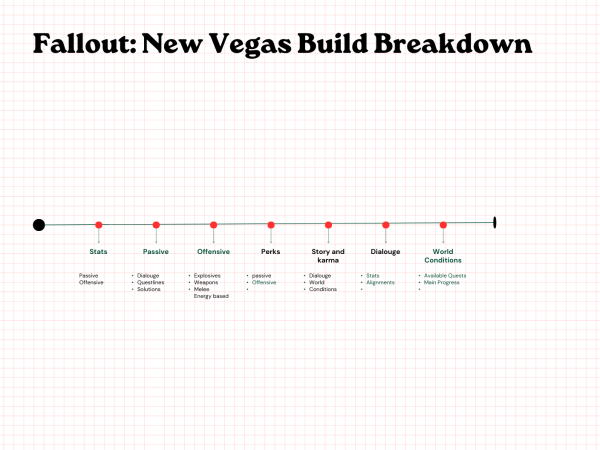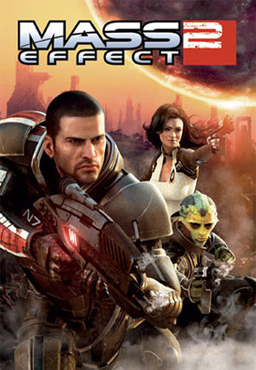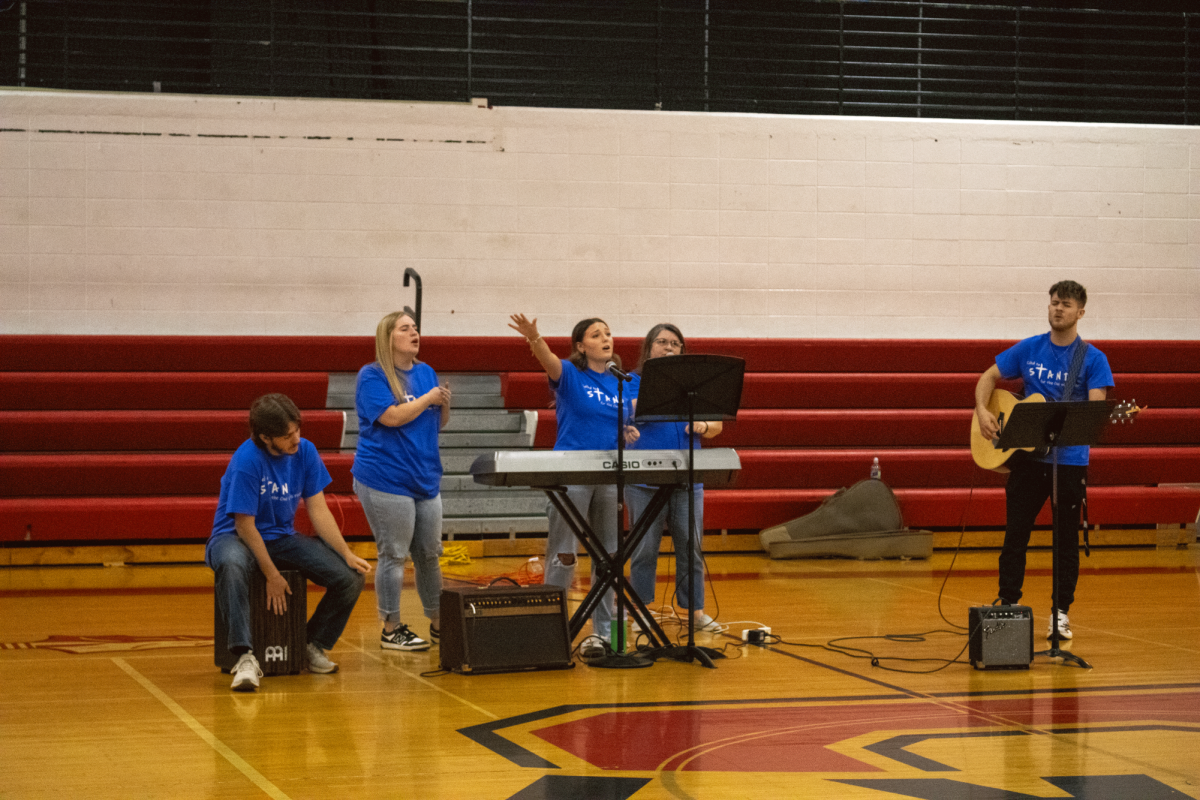Imagine a time when your grandparents walked down the lighted streets of the 50s. Where the attire of the country was of a Vegas aesthetic. A time when fashion was demure and music was thoughtful. But deep down there was fear that was unlocked twenty years before. A doom that would be its only key, a scarlet thread of its multi-national conflict. However, what if these fears came true, all the sirens, heat bursts, and a sky which was star fallen? This is the basic concept of Fallout: New Vegas, A once bright red light district, frozen in time. Factions that run each business, each square, even mountains, all by leveraging their grip of an iron fist. However, to understand the success of this game, we have to understand the etymology to form a basic foundation of this wasteland.
The first two games were annual releases that spanned ’97-’98. These were developed by Interplay’s RPG division, Black Isle Studios. These games had a more tactical and turn-based approach, in the same vein as the X-Com series. But the series took a hiatus until 2004 when Bethesda bought the IP from Interplay. Nearly four years later the third Fallout came out with a different style, met with positive reception due to its combination of the FPS genre and the RPG genre. This revolutionized the already bright future of both genres during this time. With this rise in popularity, they issued a new release for Obsidian Studios to develop. However, Bethesda decided to become a technological sweatshop and gave them an 18-month deadline in ’08. Due to this tight schedule, it was released in ‘10, to split reaction in an ample amount of the player base complaining about its bugs, and the majority discounting these problems due to an unfair amount of developmental time. Older fan and top contributor to the Facebook Fallout page Alexandra B. Fiex states the only good thing produced from this game was the developmental history, “The only good point about New Vegas, in my opinion, is the developmental history,” Fiex said. “ The gameplay and the look of it sucks.”
New Vegas is based on Fallout 3 while expanding the open-ended nature of the game. To understand the combat we first have to identify the foundation, the stats you equip your character with. These stats now have passive and offensive abilities with each point you put in them. The passive sats affect dialogue, questlines, and solutions to those quests. The offensive stats affect your skills with weapons, explosives, melee, and energy-based weapon combat. With each level you earn and the requirements you have, they grant you a variety of 130 perks throughout the game. These too can be broken down into passive and offense-based perks. The passive perks help increase your character’s stats while the offensive-based perks increase your damage point output and stat increase as well. These perks affect the story. Your story also has stats called karma. Karma can affect dialogue and world conditions which help alignments, questline availability, and main story progression. But even though the gameplay sounds cultivating and very complicated, about 70% of the game is you wandering around a very disinterested-looking world and fighting one or 2 enemy types at a time and saving every five minutes just in case you are defeated. For most, the game is a little too much like the 3rd entry with just some more of a sandbox feel. Top contributor of the official Fallout Facebook group, Casey Borell conjectures that the gameplay is average but better than the newer entries, “ Gameplay is pretty good,” He prolongs by adding. “ I remember back in the day when it came out I thought it was dope you could finally ADS, the gameplay way better than the new crap.”

The graphics and art style are the same engine they used in their previous entry. However, the biggest change is costume design and the filters they use within the game. Due to the desert setting, they keep everything to a brown and red filter, unlike its predecessor which used a green filter. It just muddles up the whole experience and makes the already horrible textures and shading on the character designs stand out like a sore thumb. Also, the character design bases itself around mainly Roman and Wild West attires. Fallout fan and Facebook user, Antione Lamic hypothesizes the reason for the engine looking so poor on this game, “they just stuck too much to the FO3 engine that was ugly even for a game from 2008.”
As a whole, I loved this game and I think amongst the bugs and just overall poor love it was given, this product did achieve a status very few do. Whether it is Obsidian or Bethesda, this shows how even in our little world, things can be perceived in several different ways.





![[Review] The Life List](https://fohssignal.net/wp-content/uploads/2025/04/download-22.jpeg)

![[Review] Architects- For Those That Wish To Exist (Live at Albert Hall)](https://fohssignal.net/wp-content/uploads/2025/05/ArchitectsFTTWTE.jpg)
![[Retrospective] Darksiders 2](https://fohssignal.net/wp-content/uploads/2025/04/images-3.jpeg)
![[Retrospective] Street Fighter 3](https://fohssignal.net/wp-content/uploads/2025/04/images-2.jpeg)
![[Retrospective]-Mortal Kombat 2](https://fohssignal.net/wp-content/uploads/2025/04/IMG_7861.png)
![[Review] A complete unknown](https://fohssignal.net/wp-content/uploads/2025/03/download-21.jpeg)
![[Restrospective] Bloodbourne: The Old Hunters DLC](https://fohssignal.net/wp-content/uploads/2025/03/IMG_7839.jpg)
